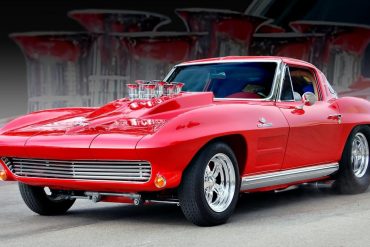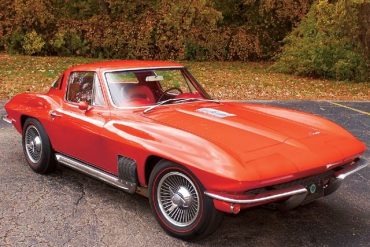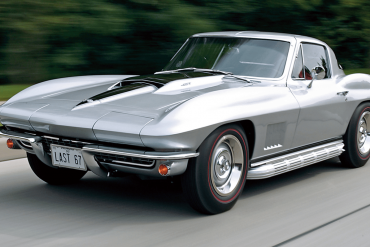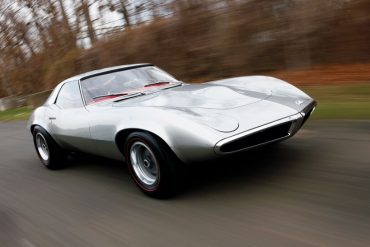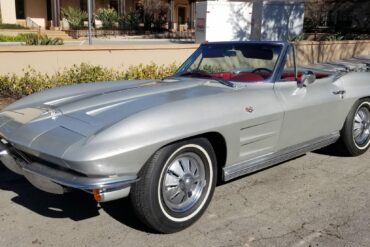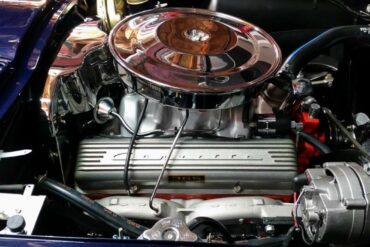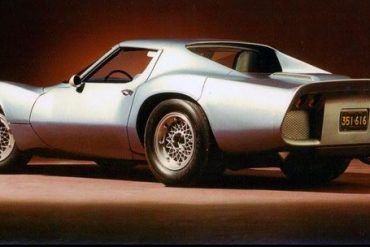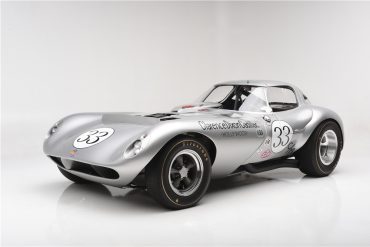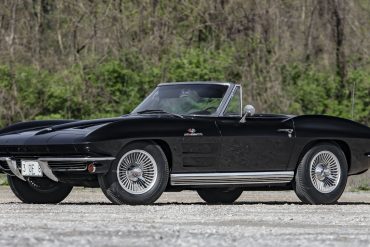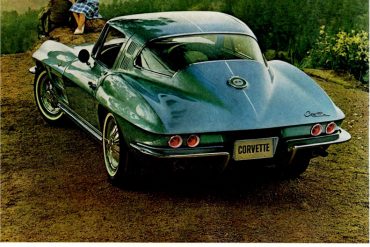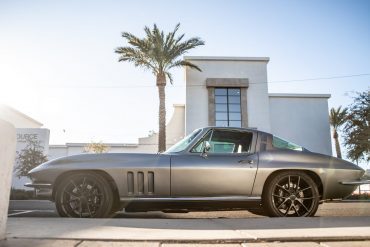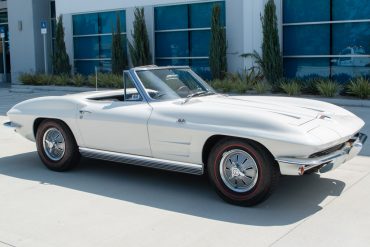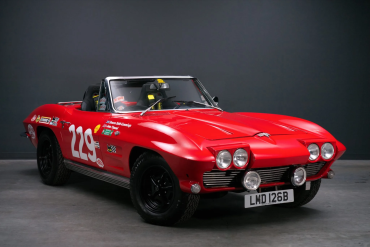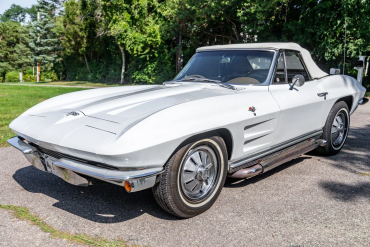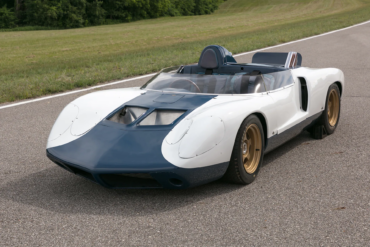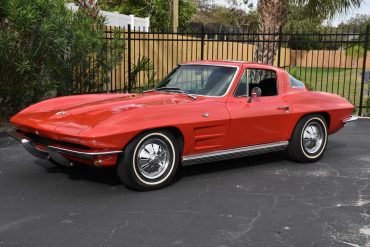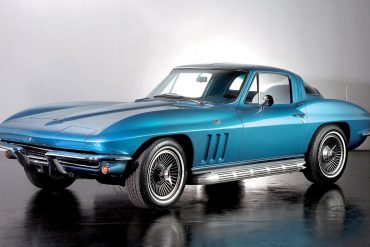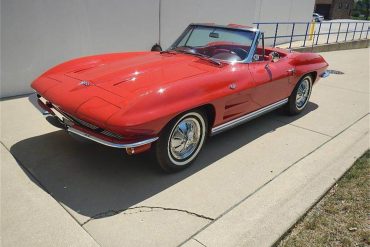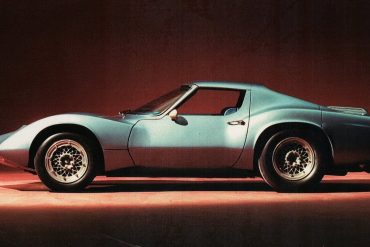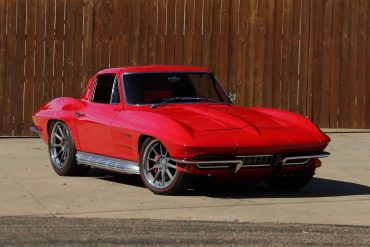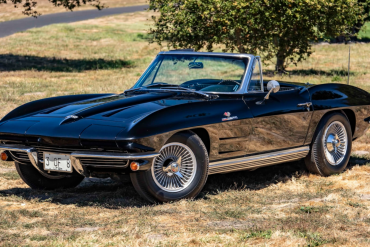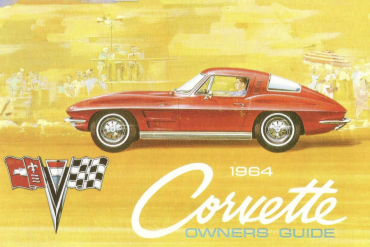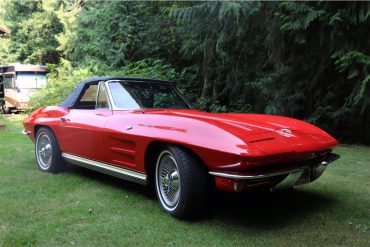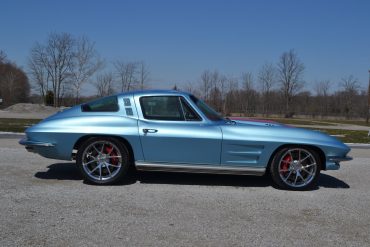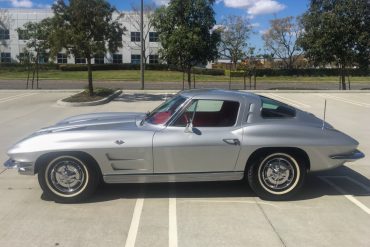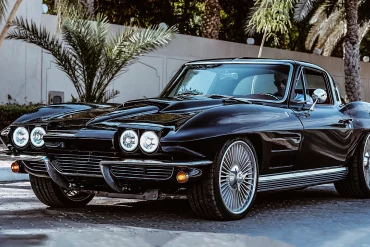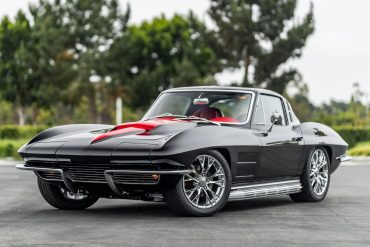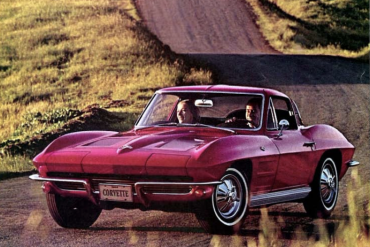We have curated the ultimate collection of the best 1964 Corvette Wallpapers and HD backgrounds for you to enjoy.
1964 C2 Corvette RPO Codes, Options Codes & Order Guide If you are looking to decode your 1964 Corvette RPO’s...
C2 Corvette Car Covers Custom Fit C2 5 Layer Ultrashield by CarsCover A custom fit car cover made for all...
When first introduced to the world by Pontiac in 1964, the car showed so much promise that Chevrolet (allegedly) put a swift end to its development to prevent its production from hindering the sales of the Corvette. Afterall, with the introduction of the 1963 Split-Window Corvette, Chevy was finally seeing an increase in sales, something lacking for most of the first-gen.
The latest piece of C2 Corvette history on the auction block is a beautiful 1964 Chevrolet Corvette finished in Satin Silver over red leather. It is listed on BringATrailer with 7 days remaining on the auction.
The 265 cubic-inch small-block served as the jumping-off point for further engine development. Chevrolet spent the following decade perfecting their earlier small-block, which eventually grew in displacement and became a testbed for early fuel injection technology. Further progress was made in 1964, with the release of the L76 V8. This potent small block proved quite reliable while dishing out more than enough horsepower.
The XP-819 Corvette prototype was introduced in 1964 by Frank WInchell and Larry Shinoda as the first, experimental, rear-engine Corvette coupe. The XP-819 was developed in the mid-1960's as an engineering exercise to determine if a rear-engine platform was right for the Corvette program. During that time, Chevrolet was still under a racing ban.
Bill Thomas had one goal in mind when he designed and produced the Cheetah: beat the Ford Cobra. 25 examples were produced until sadly, the factory burnt down. After the blaze, chevrolet pulled out of the project. The power to weight ratio was phenomenal (it was almost 500lbs lighter than the cobra!). The V8 was pushed back as far as possible leaving the engine almost in the center of the car. Some examples were tuned as high as 520HP.
We've scoured the web to curate the factory pricing, options, and interior/exterior color options for the 1964 Chevrolet Corvette.
1964 Corvette Ads We have curated a cool list of all the 1964 Corvette advertisements, commercials and posters we could...
Modified in All the Right Ways The 1964 Chevrolet Corvette you see here is has been tinkered with, but it...
The Cheetah was meant to be a Cobra-killer. It was Corvette powered, with a custom-designed chassis and suspension. There has...
Ermine White 1964 Chevrolet Corvette We found some examples of 1964 Corvette in the Ermine White color scheme. These real Ermine...
This is a 1964 Chevrolet Corvette convertible rally car that was driven by Duncan Robb-Cummings in the Monte-Carlo Challenge rally...
The time spanning from 1963 to 1967, was an era of much change and growth for the Corvette. These second-generation...
Though the CERV II never reached the racing success for which it was destined, and never reached its specified production...
The 1964 Corvette continued to build upon the improvements of the 1963 model year, with a choice of four different engine outputs, three manual transmissions (and one automatic), as well as more technology and creature comforts.
Over 3,000 hours of labor have been invested into this striking custom 1964 Chevrolet Corvette. The exterior boasts eye-catching Candy...
Despite its popularity, the second-gen Corvette holds the record for the fewest number of production years of any generation Corvette. The most valuable examples of the C2 Corvette live sort of like "bookends" at the start and finish of second-gen production.
Riverside Red 1964 Chevrolet Corvette We found some examples of 1964 Corvette in the Riverside Red color scheme. These real Riverside...
The XP-819, developed in the mid-1960s, was an engineering exercise to test a rear engine concept for the Corvette. The body was designed by Larry Shinoda. You can see styling cues in XP-819 that later appeared in Shinoda's famed "Sting Ray" design. A GM marine engine powers the car so the two-speed transaxle would operate properly. The entire chassis, suspension, and steering are custom made components unique to this car.
This 1964 Corvette coupe, crafted by Mike Rutter of Rutterz Rodz in Bristol, Tennessee, seamlessly blends the timeless aesthetics of...
Tuxedo Black 1964 Chevrolet Corvette We found some examples of 1964 Corvette in the Tuxedo Black color scheme. These real Tuxedo...
This Owners Guide contains important information regarding the operation and maintenance of your Corvette. In order to obtain maximum enjoyment and usage from your car, we suggest that you familiarize yourself with the contents...
Looking for information on how to maintain your 1964 Corvette? We've curated resources to help you keep your Corvette in great shape for years to come!
The following list of common issues is intended for individual reference only, and may not reflect the specific issues of every 1964 Corvette.
For all 1964 Corvettes, the location of the Vehicle Identification Number (VIN), body style, body number trim and paint combination can be found on the instrument panel brace under the glove box.
ARES Modena has transformed a 1964 Corvette Sting Ray into a one-of-a-kind creation that combines Italian elegance and American muscle....
This stunning 1964 Chevrolet Corvette coupe listed on Bring A Trailer has been refurbished and customized to impressive standards. The...
Download this 1964 Corvette Dealers Sales Brochure for a quick look at the features of the car. The best way to describe the '64 Corvette Sting Ray: a sports car with a dual personality. Last year's classic was dubbed a designers coup for the way it fused celebrated ...


